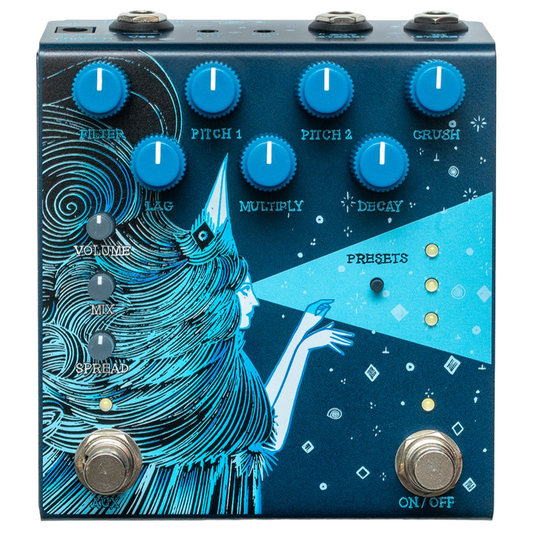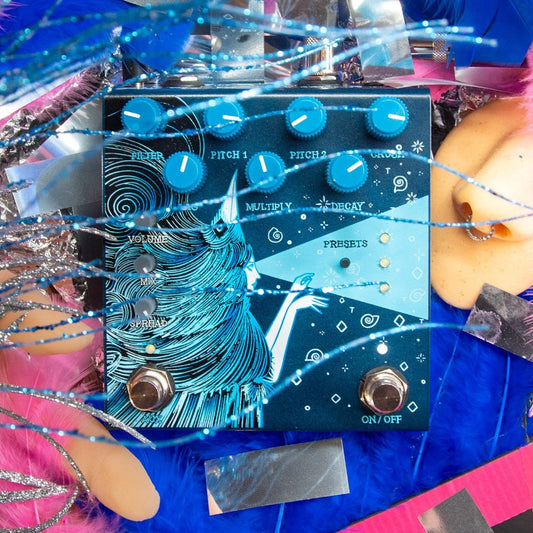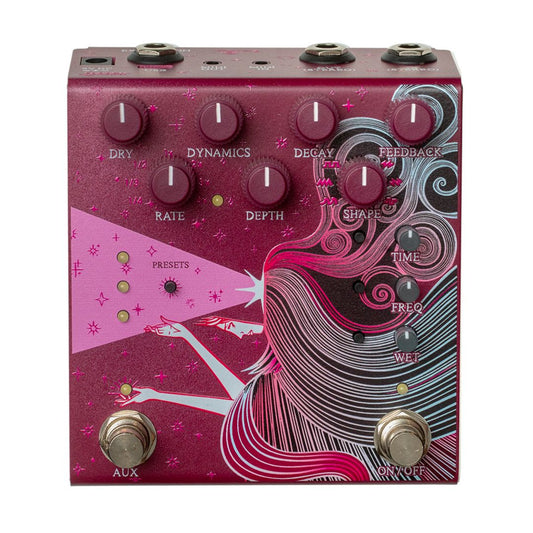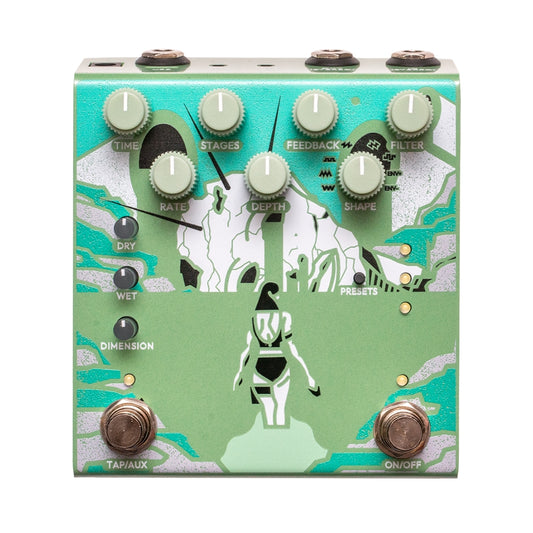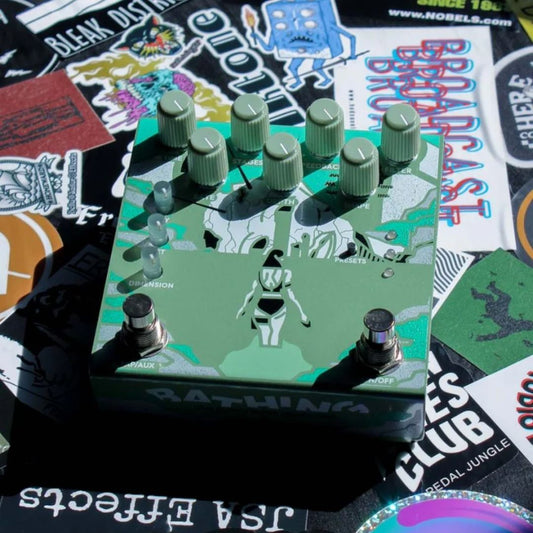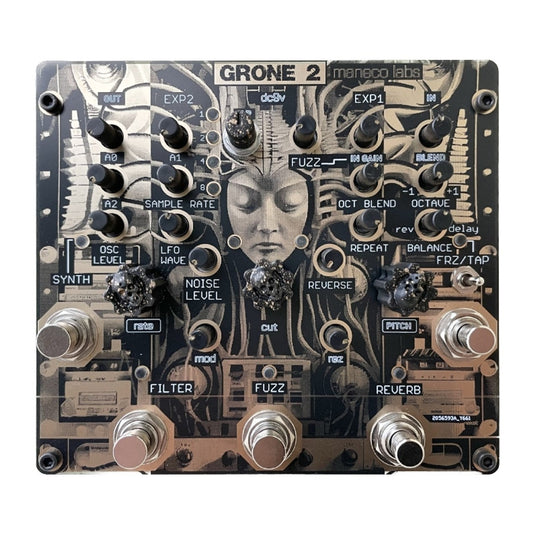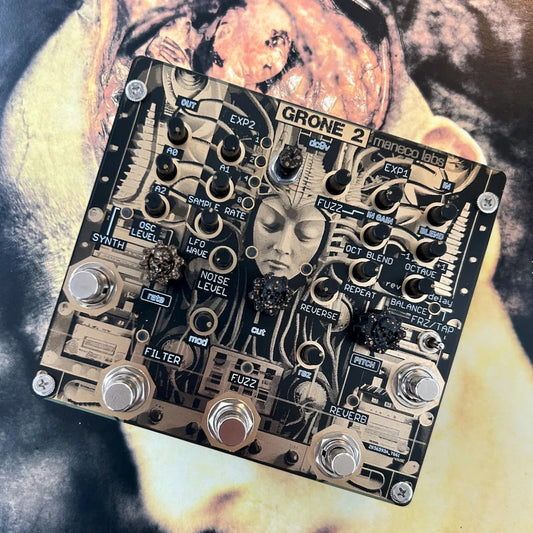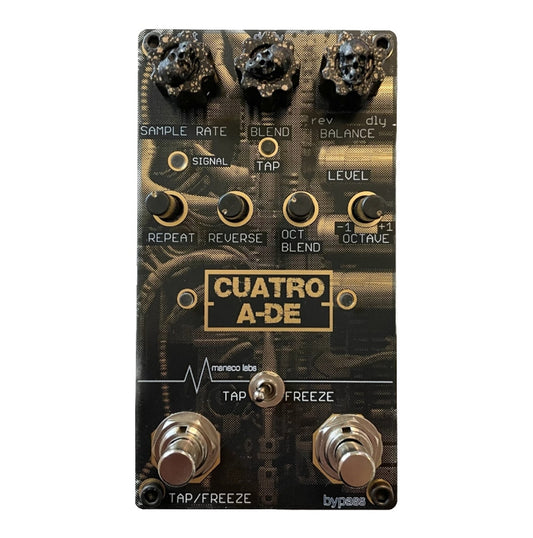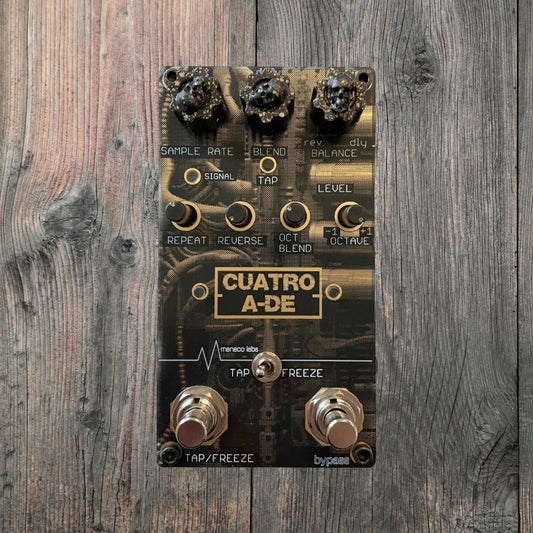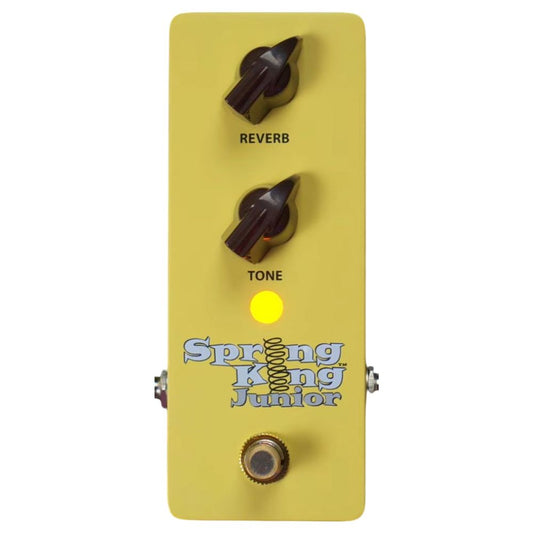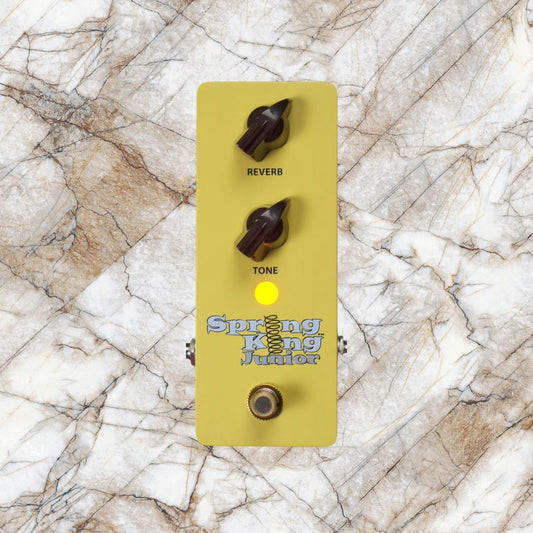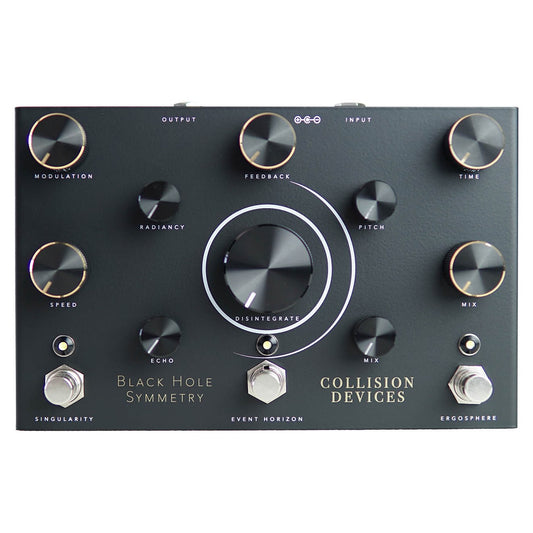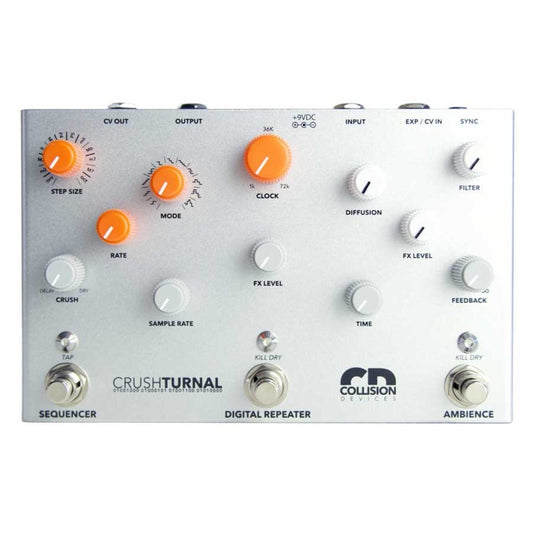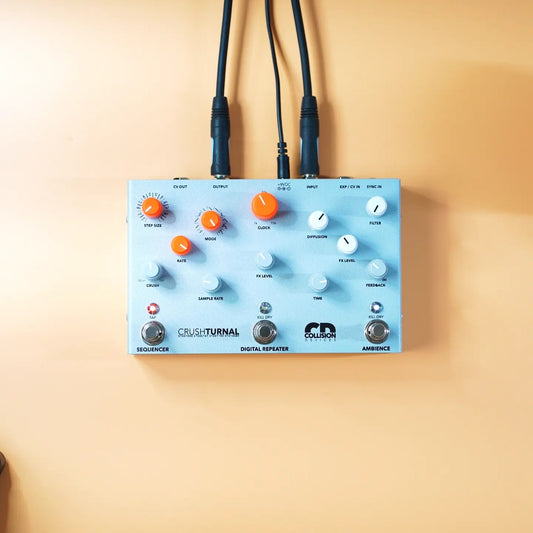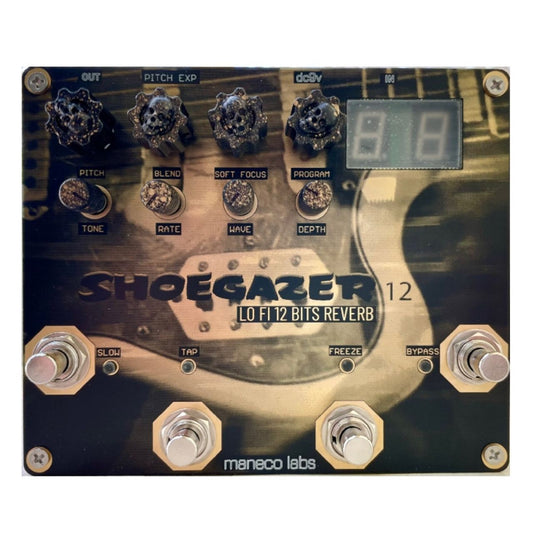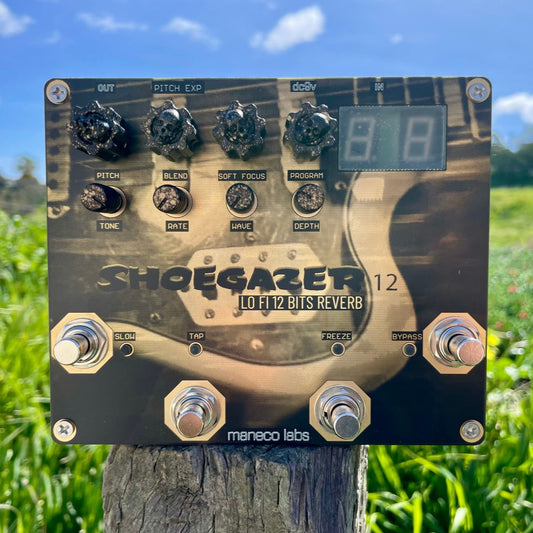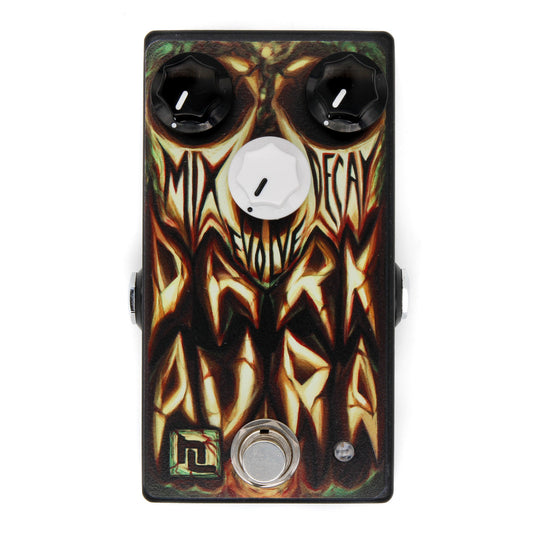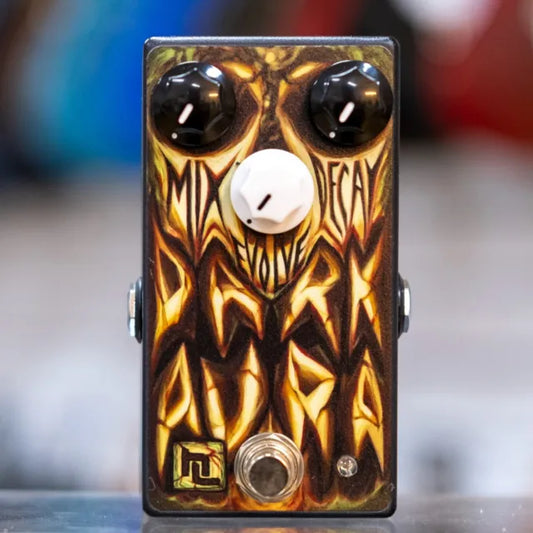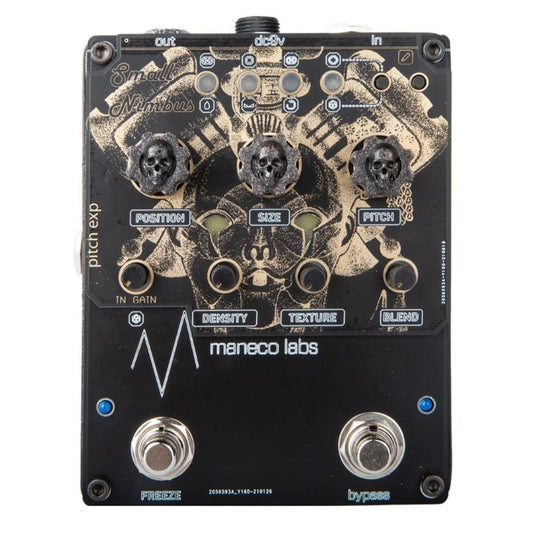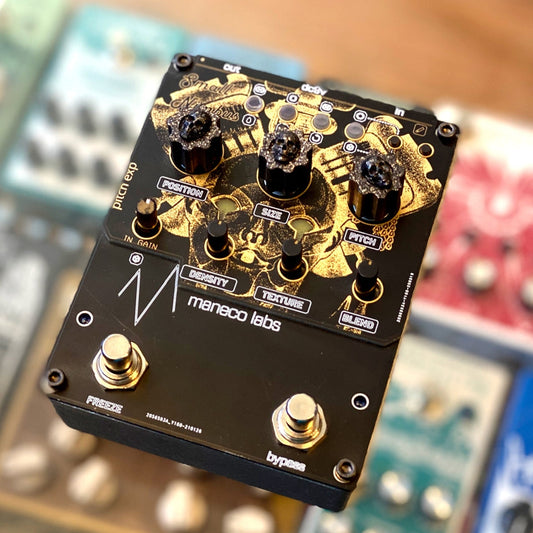Reverb Pedals
-
OBNE Dark Star Pedal V3
27 reviewsRegular price $329.00Regular priceUnit price / per -
Old Blood Noise Sunlight Stereo Pedal
7 reviewsRegular price $329.00Regular priceUnit price / per -
Old Blood Noise Bathing Delay Pedal
3 reviewsRegular price $329.00Regular priceUnit price / per -
Maneco Labs Grone 2 Pedal
4 reviewsRegular price $465.00Regular priceUnit price / per -
Maneco Labs 4AD Pedal
6 reviewsRegular price $249.00Regular priceUnit price / per -
Danelectro Spring King Junior Pedal
1 reviewRegular price $199.00Regular priceUnit price / per -
Collision Devices Black Hole Symmetry Pedal
1 reviewRegular price From $390.00Regular priceUnit price / per -

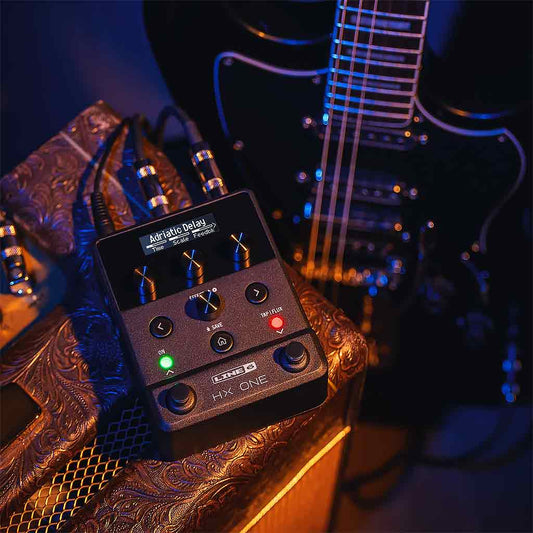 $142 off
$142 offLine 6 HX One Pedal
No reviewsRegular price $249.99Regular priceUnit price / per$391.99Sale price $249.99$142 off -
Collision Devices Crushturnal Pedal
2 reviewsRegular price From $390.00Regular priceUnit price / per -
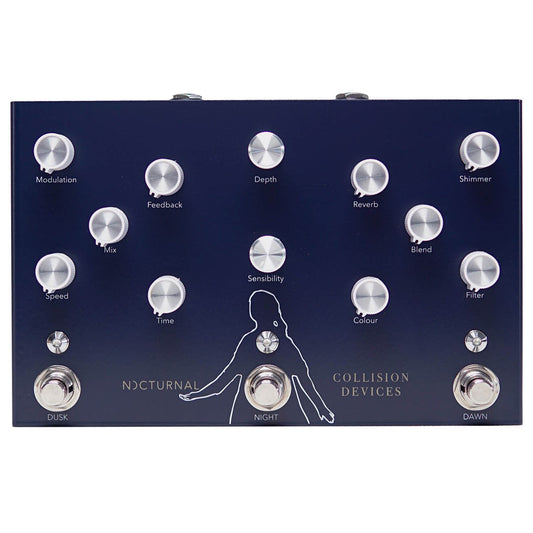
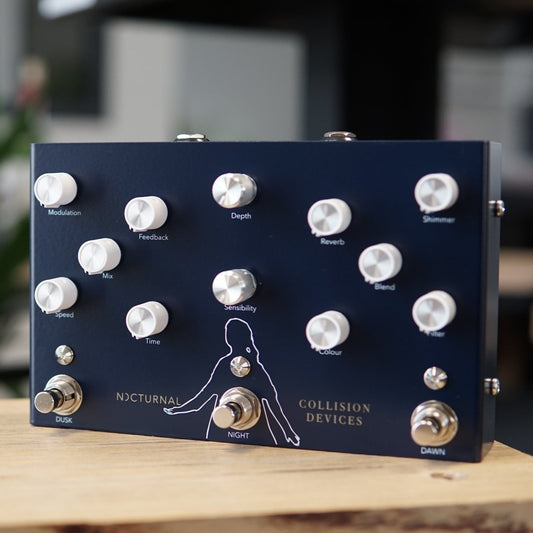 $151 off
$151 offCollision Devices Nocturnal Pedal
2 reviewsRegular price From $239.00Regular priceUnit price / per$390.00Sale price From $239.00$151 off -
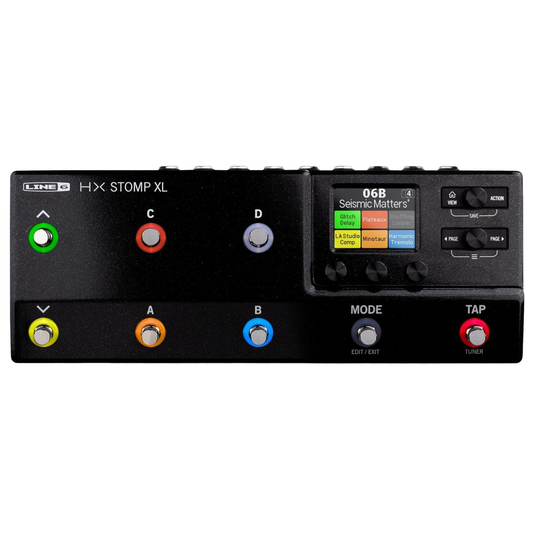
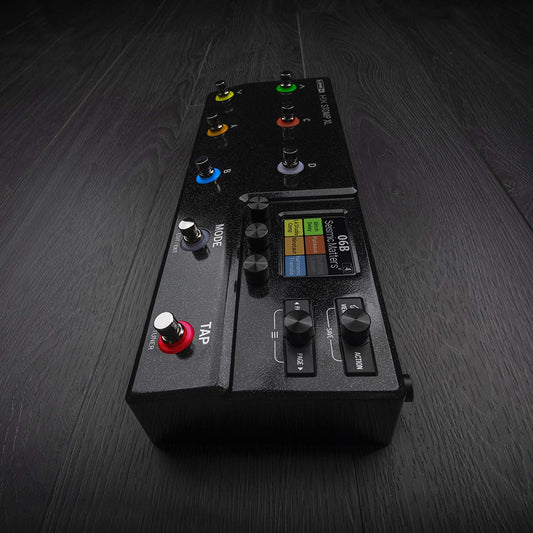 $100 off
$100 offLine 6 HX Stomp XL Pedal
No reviewsRegular price From $649.99Regular priceUnit price / per$749.99Sale price From $649.99$100 off -
WAT?! Ancient Echos Pedal
1 reviewRegular price $265.00Regular priceUnit price / per -
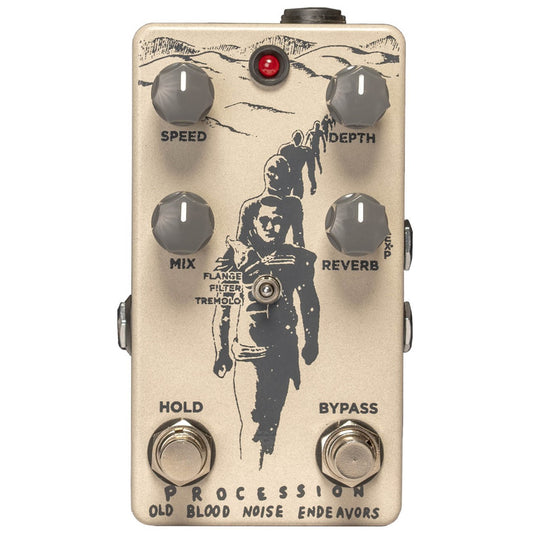
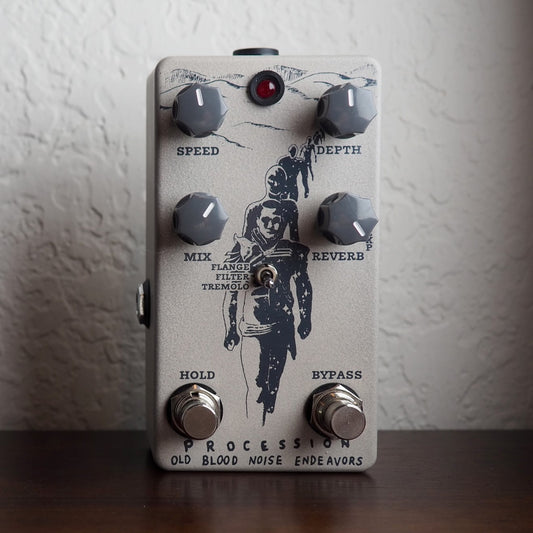 Sold out
Sold outOBNE Procession Pedal V2
2 reviewsRegular price $209.00Regular priceUnit price / per -
Maneco Labs Shoegazer12
1 reviewRegular price $395.00Regular priceUnit price / per -
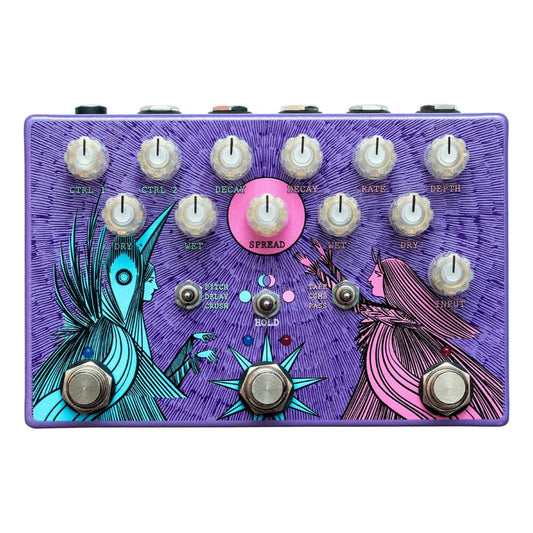
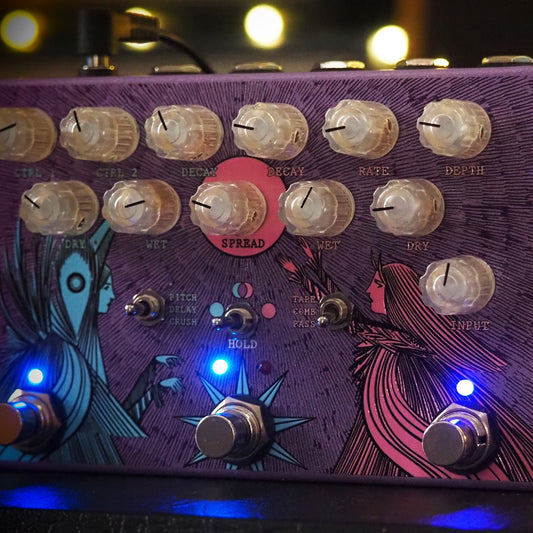 Sold out
Sold outOBNE Dark Light Pedal
No reviewsRegular price $350.00Regular priceUnit price / per -
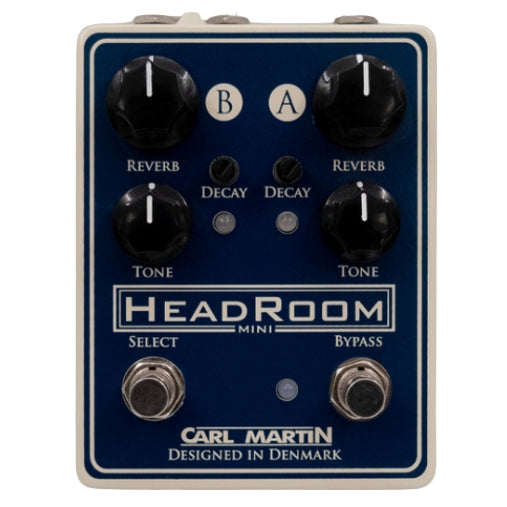
 $70 off
$70 offCarl Martin HeadRoom Mini Pedal
No reviewsRegular price $279.00Regular priceUnit price / per$349.00Sale price $279.00$70 off -
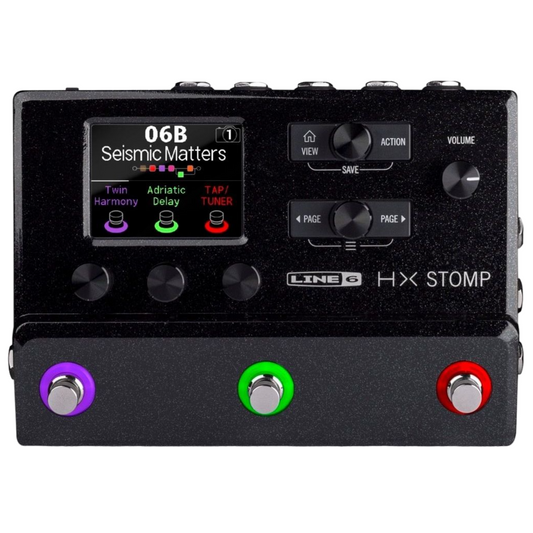
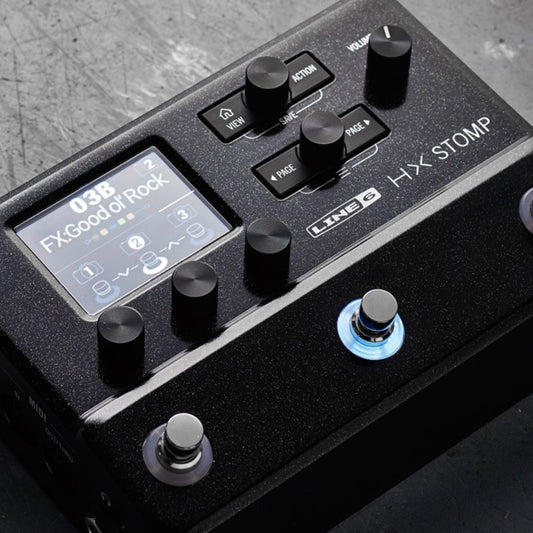 Sold out
Sold outLine 6 HX Stomp Pedal
No reviewsRegular price $599.99Regular priceUnit price / per$699.99Sale price $599.99Sold out -
Haunted Labs Dark Aura Pedal
No reviewsRegular price $179.00Regular priceUnit price / per -
Maneco Labs Small Nimbus
1 reviewRegular price $295.00Regular priceUnit price / per -
Maneco Labs Otterley Reverb Pedal
1 reviewRegular price $249.00Regular priceUnit price / per
Collection: Reverb Pedals
What can a Reverb Pedal do?
You can achieve atmospheric and spacious guitar tones by using a reverb pedal.
Reverb pedals mimic the effect of sound reflecting off surfaces in different environments. It works by processing your guitar’s signal and then creating delayed copies of the sound to simulate natural reverberation. These reflections will be blended with your original signal to complete the reverberated guitar tone.
Modern reverb pedals usually have adjustable parameters such as decay, mix, tone, and pre-delay. This allows you to recreate the natural reverberation in small rooms, large concert halls, or even hollow spaces to add depth and dimension to your performances.
History of the Reverb Pedal
In the 1960s, engineers wanted to recreate the ambient sound of large spaces and fit it in a compact form. This led to the integration of spring and plate reverb units integrated into guitar amplifiers. These units used mechanical methods to mimic natural reverb and were widely used by surf rock and early rock and roll bands.
Digital technology of the 1980s further revolutionized reverb pedals by allowing more precise and varied reverberations. Pedal manufacturers such as Boss and Electro-Harmonix introduced iconic pedals that were compact and versatile, offering musicians choices of reverb types.
Over the decades, the advancements in digital processing have allowed more customizable reverb tones, enabling musicians to simulate anything from vintage spring reverbs to complex, multi-dimensional spaces without any worries.
Who uses Reverb Pedals?
Reverb pedals are widely utilized by musicians across all genres, including rock, blues, psychedelic, and shoegaze. The versatility of the reverb effect allows musicians to dial in the right amount of reverb for their intended purpose.
Rock guitarists like Jonny Greenwood employ reverbs to achieve his expansive and textured guitar tones. U2’s The Edge is also well-known for using reverbs paired with delays to get his iconic atmospheric and jangly tone. Even shoegaze pioneers My Bloody Valentine rely heavily on a reverb-and-fuzz pedal pairing to create their signature wall of sound tone.
Bassists and keyboardists also use reverb pedals to add space and movement to their tone. Vocalists use reverb pedals in live shows as well, allowing them to achieve more depth and ambiance during their performances. Beyond musicians, sound engineers and producers incorporate reverb effects to create space and dimension in studio recordings.
Why You Need a Reverb Pedal
A reverb pedal is a must-have to add depth and dimension to your tone, making your music to feel more immersive and dynamic.
Whether you’re using it for a live performance or a studio recording, a reverb pedal will quickly liven up your instrument’s dry signal, providing you with rich and atmospheric sonic landscapes. The effect pedal’s versatility allows you to experiment with various reverb types until you achieve your signature tone.
From subtle room-like reflections to the massive, otherworldly ambiance, a reverb pedal is the best tool for achieving your desired atmosphere in your music, making it an essential tool for your creative expression.
Where to Buy Reverb Pedals
If you’re looking to purchase your next reverb pedal to add extra ambiance to your performance, then look no further. We have a wide selection of reverb pedals here at DeathCloud. Whether you’re a bedroom musician or a touring artist, we’ll make sure that your shopping experience with us is as seamless as possible.

